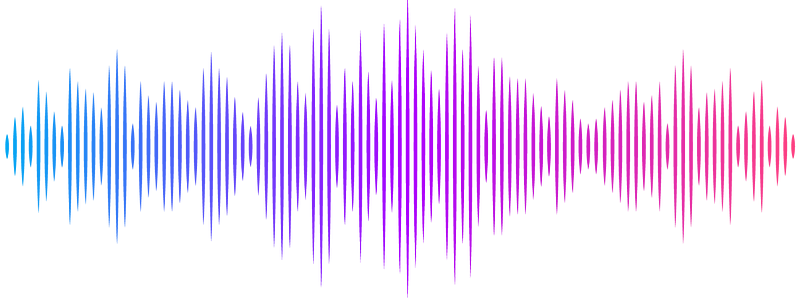Analysis of E. coli growth dynamics during Lambda(vir) phage infection reveals phage decay

Analysis of E. coli growth dynamics during Lambda(vir) phage infection reveals phage decay
Gitai, B. M.; Sheehan, J. P.
AbstractBiological interactions like those between a pathogen and a host are intrinsically dynamic. The Luria-Delbruck experiment is a classic quantitative analysis demonstrating that the mutation rates of bacterial hosts are independent of the presence of their bacteriophage pathogens. However, this experiment was performed as an endpoint analysis. To determine if new insights could be gained from measuring the dynamics of bacterial-host interactions, we used a high-throughput spectrophotometer to repeat this classic experiment. We examined interactions between Escherichia coli bacteria and the lytic lambda(vir) phage to confirm the fundamental finding of the Luria-Delbruck experiment. Specifically, we demonstrated that the variance in the timing required for phage-resistant mutants to emerge increased as the size of the starting bacterial population decreased. In addition to confirming the Luria-Delbruck results, our analysis of the dynamics of bacterial growth in the presence of phage revealed unexpected findings, including the significant decay in lambda(vir) potency and the substantial impact of dead bacterial debris on culture density measurements. Phage are typically thought to be extremely stable, such that our discovery that their potency rapidly decays in experimental settings may have implications for real-world applications where phage potency is important, such as phage therapy pharmacology. Our results thus establish a more rapid method of analyzing bacterial resistant mutant fluctuations and illustrate how dynamical measurements can provide new insights into even extremely well-characterized experimental systems.